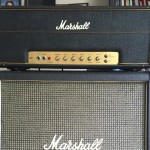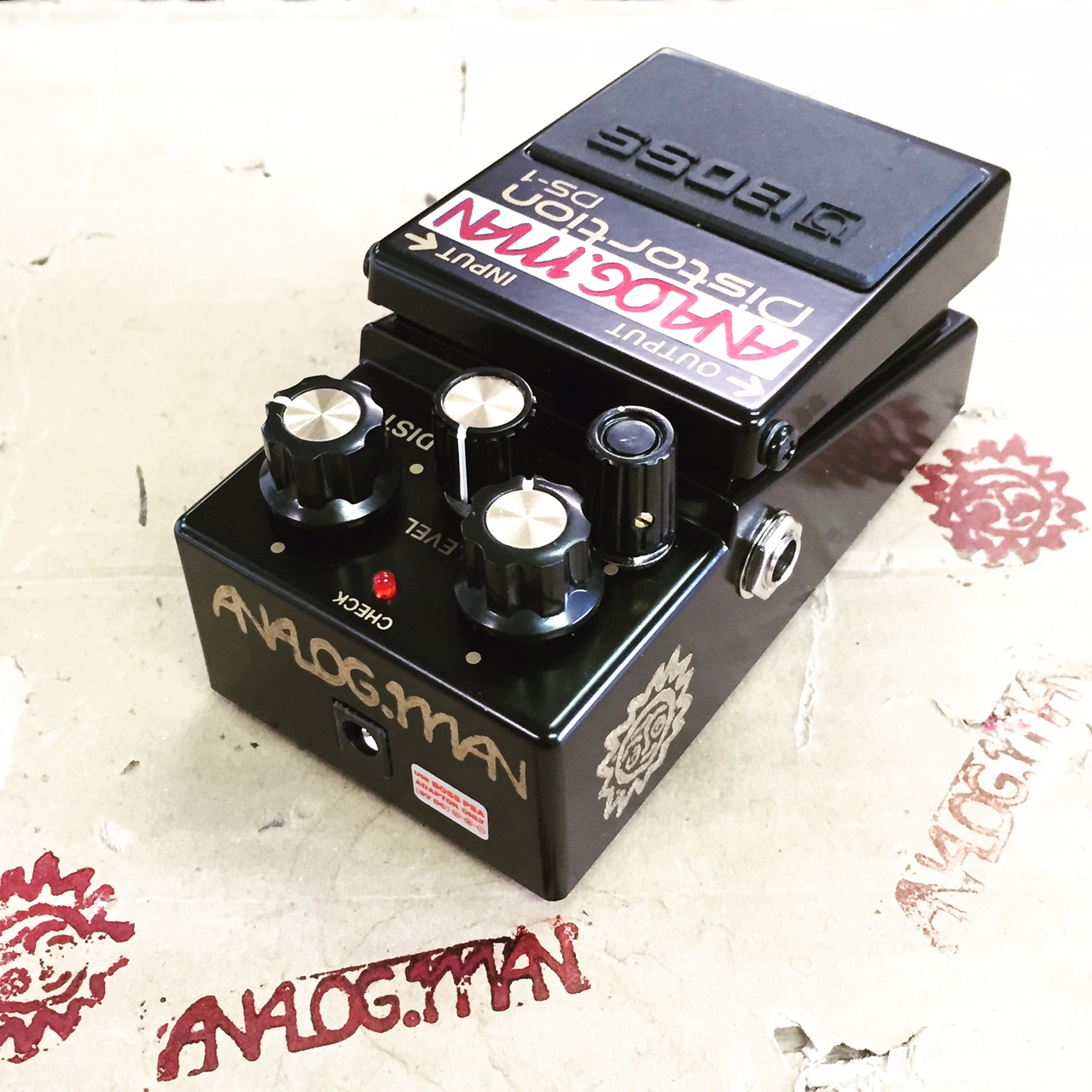 Not every overdrive or distortion pedal has a pedigree that begins with the influence from a Tube Screamer. Many of today’s designers look to other classics to either modify or create their own variations. Today we’ll spend time with the Analogman DS-1 Pro Mod with midrange control, Keeley’s Super Phat Mod Full Range Overdrive and the Totally Wycked Audio (TWA) Hot Sake. Each has its own unique story and tone so join us as we explore them further.
Not every overdrive or distortion pedal has a pedigree that begins with the influence from a Tube Screamer. Many of today’s designers look to other classics to either modify or create their own variations. Today we’ll spend time with the Analogman DS-1 Pro Mod with midrange control, Keeley’s Super Phat Mod Full Range Overdrive and the Totally Wycked Audio (TWA) Hot Sake. Each has its own unique story and tone so join us as we explore them further.
Read More »
All posts by David Szabados
George Lynch’s 1973 EP-3 Echoplex Tape Echo Previously Owned by Eddie Van Halen
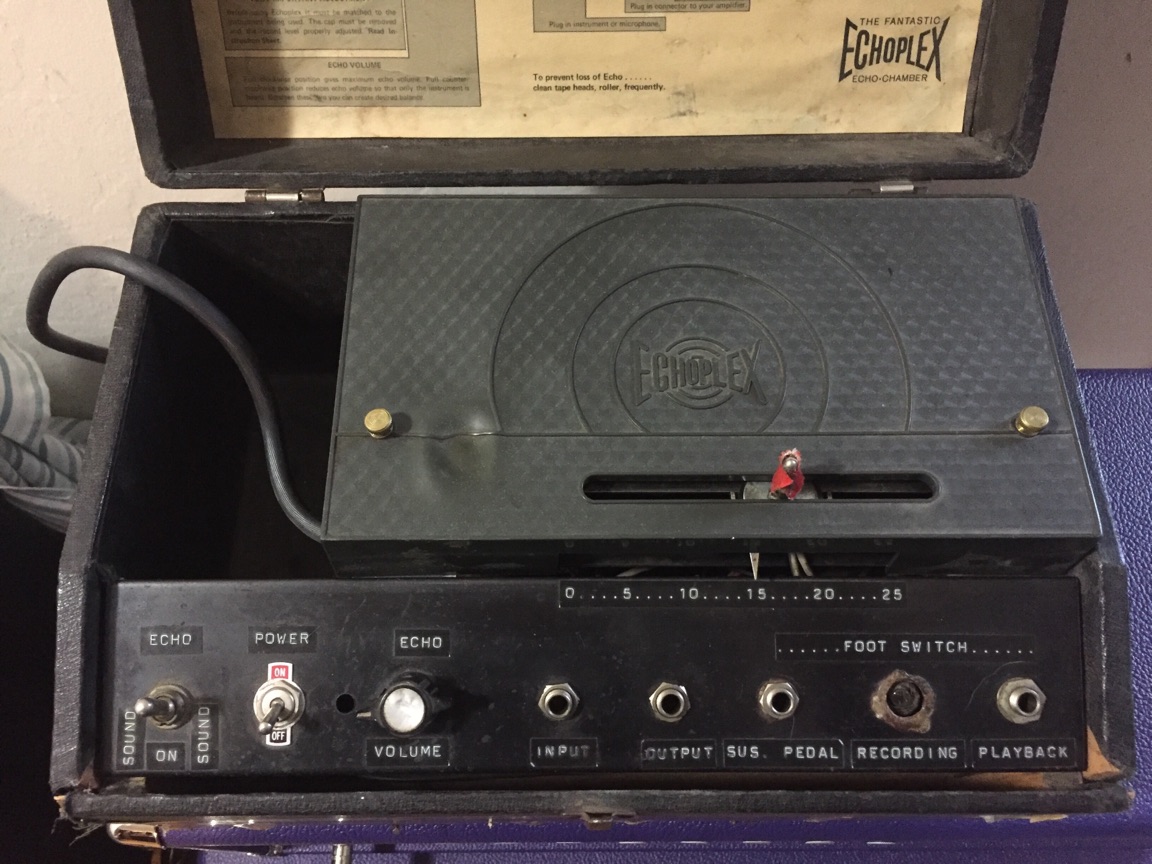 I wanted to share an interesting story and historical piece for you, our dear readers. First some background on the Echoplex tape echo. If you haven’t played through an Echoplex, they are truly legendary tape echo units and should be experienced. In the 1960s and 1970s, when you wanted echo, tape echo was the way to do it. When smaller solid state echo pedals emerged during the mid ‘70s using Bucket Brigade Device (BBD) technology, they were convenient, but lacked the ability to produce long repeat times versus what a tape delay could offer (most analog solid state delay pedals were limited to just 300ms. of delay time). They also sounded different.
I wanted to share an interesting story and historical piece for you, our dear readers. First some background on the Echoplex tape echo. If you haven’t played through an Echoplex, they are truly legendary tape echo units and should be experienced. In the 1960s and 1970s, when you wanted echo, tape echo was the way to do it. When smaller solid state echo pedals emerged during the mid ‘70s using Bucket Brigade Device (BBD) technology, they were convenient, but lacked the ability to produce long repeat times versus what a tape delay could offer (most analog solid state delay pedals were limited to just 300ms. of delay time). They also sounded different.
Read More »
Boss DM-2w Waza Craft Delay vs. Vintage Boss DM-2 and DM-3 Delays
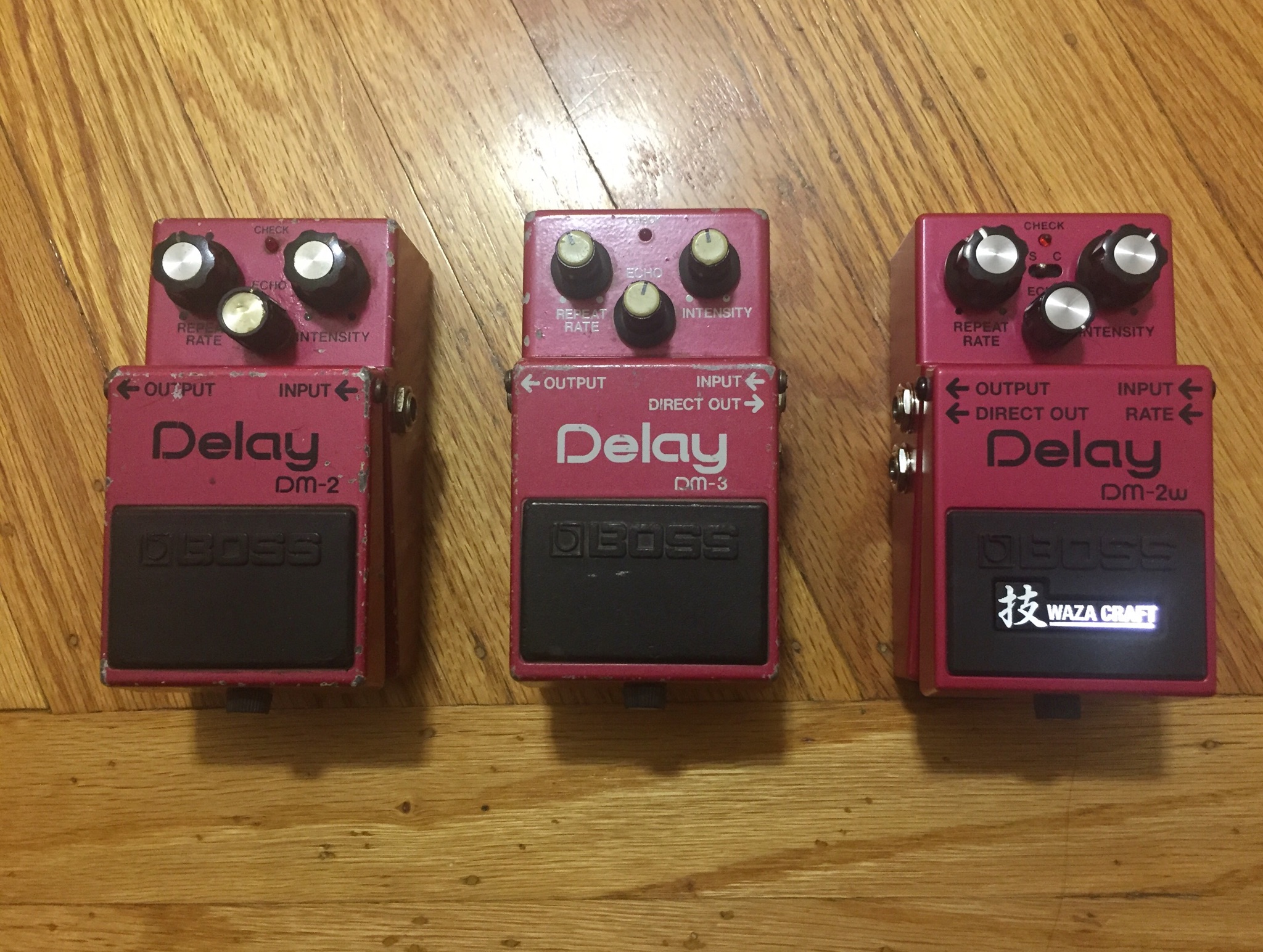 The Boss DM-2w Delay from the Waza Craft series is an all-analog and re-imagined pedal that is inspired from the original and highly-coveted Boss DM-2 Delay released in 1981. Unlike the vintage DM-2, the DM-2w Delay adds stereo output and has a custom switch which extends the delay time from the previous limit of 300 ms. to 800 ms.
The Boss DM-2w Delay from the Waza Craft series is an all-analog and re-imagined pedal that is inspired from the original and highly-coveted Boss DM-2 Delay released in 1981. Unlike the vintage DM-2, the DM-2w Delay adds stereo output and has a custom switch which extends the delay time from the previous limit of 300 ms. to 800 ms.
Read More »
Education=Tone
 At LegendaryTones we certainly love discussing gear, but make no mistake, the gear is only part of the equation when it comes to tone and being a better player. A great player, with excellent technique and one who has the knowledge to apply musical principles, will not only be more enjoyable to listen to, but also have better overall tone. There certainly is truth to the adage, at least to some degree that “tone is in the fingers.”
At LegendaryTones we certainly love discussing gear, but make no mistake, the gear is only part of the equation when it comes to tone and being a better player. A great player, with excellent technique and one who has the knowledge to apply musical principles, will not only be more enjoyable to listen to, but also have better overall tone. There certainly is truth to the adage, at least to some degree that “tone is in the fingers.”
One such musician who has spent years honing his craft is Dave Weiner (www.daveweiner.com). Dave runs GUITOPIA, on online guitar education website that is packed full of resources designed to make you a better player. Dave’s philosophy is to to teach in ways that focus on effectiveness and efficiency to maximize results. He focuses on creativity and opening up ways for players to develop their own styles. He does not, however, rely on tricks or gimmicks stating that players will become experienced, pro-level guitarists in a short period of time. At the end of the day, it still takes work and practice and what you get out of it is what you put into it.
Read More »
Boss CE-2w Review: A Legend Reborn
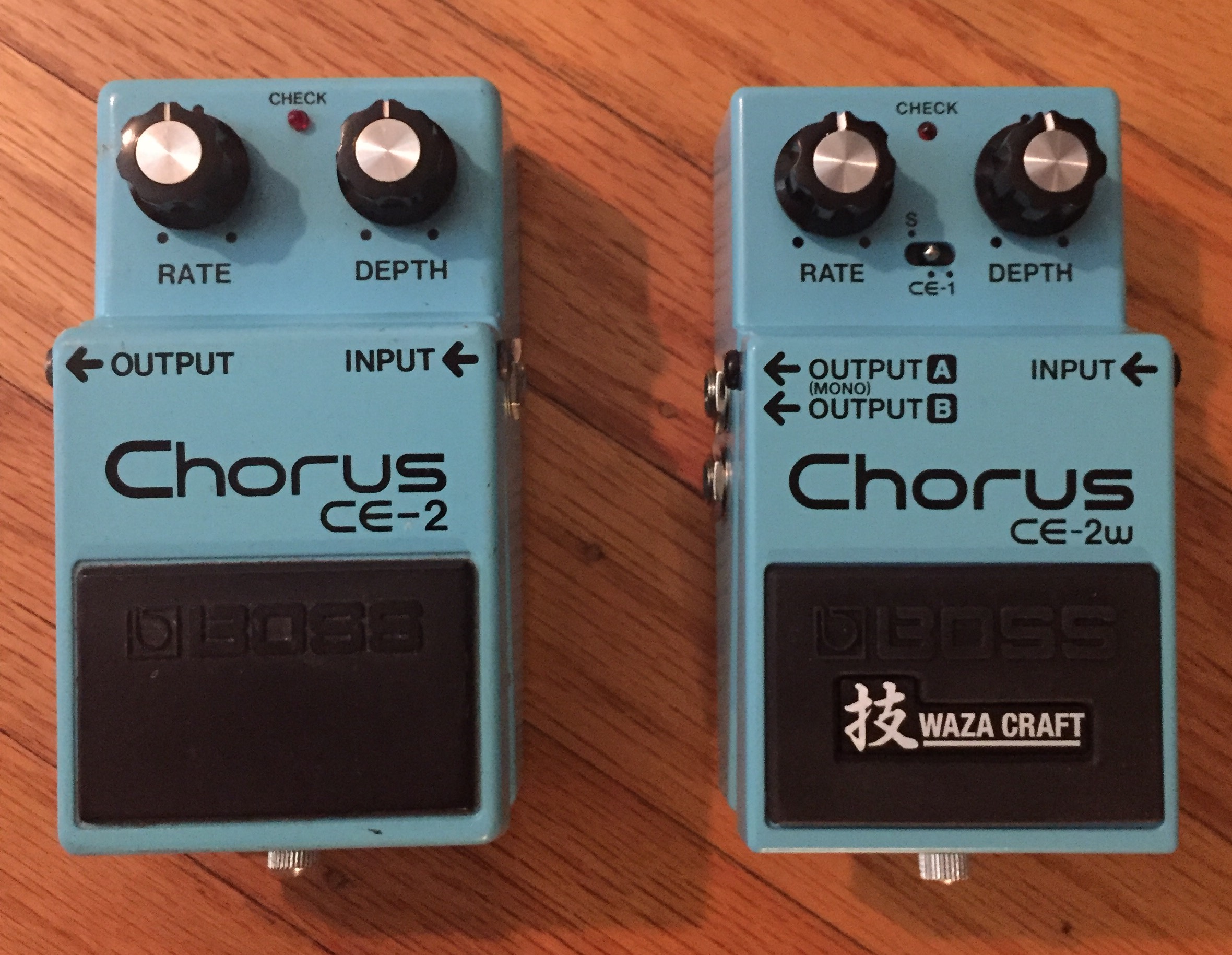 In the 1980’s, Boss pedals were regarded as best-in-class when looked at from any number of perspectives. From the company’s well-deserved reputation for innovation and creativity, to it also having the most robust and virtually bullet proof effects available for touring musicians. Indeed, I was a loyal player of Boss pedals during my teens and proudly used an all-Boss pedal board for years. Let’s not forget that many great professional musicians also used those brightly-colored Boss boxes as well.
In the 1980’s, Boss pedals were regarded as best-in-class when looked at from any number of perspectives. From the company’s well-deserved reputation for innovation and creativity, to it also having the most robust and virtually bullet proof effects available for touring musicians. Indeed, I was a loyal player of Boss pedals during my teens and proudly used an all-Boss pedal board for years. Let’s not forget that many great professional musicians also used those brightly-colored Boss boxes as well.
Throughout the late 1970s and 1980s, Boss developed a number of classic designs, and the CE-2 Chorus is arguably among the best and most famous of pedals Boss had ever produced. It was also the industry’s very first compact chorus unit (the earlier CE-1 was a larger AC-powered effect). The CE-2 was then upgraded in the mid-80s with a new cousin, the CE-3 Chorus, a model which added stereo output capability along with a fancy sparkling blue paint job. But for some reason, the CE-3 just didn’t have the same warmth in its chorus effect that the CE-2 had. In fact, for many years, both the CE-2 and CE-3 were available and sold at the same time and many players still preferred and purchased the CE-2.
Read More »
Guitar Amplifier Encyclopedia by Brian Tarquin
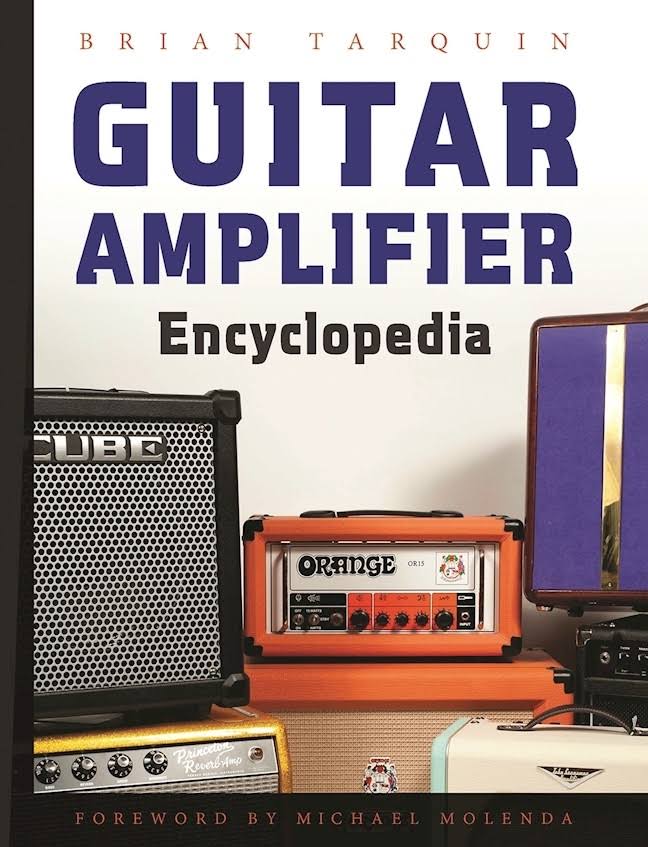 It’s no secret that the editorial staff at LegendaryTones shares a passion about guitar amplifiers. While famous guitarists around the world are mostly known for their association with particular guitars, we feel the amps are the true unsung heroes behind any guitarist’s rig.
It’s no secret that the editorial staff at LegendaryTones shares a passion about guitar amplifiers. While famous guitarists around the world are mostly known for their association with particular guitars, we feel the amps are the true unsung heroes behind any guitarist’s rig.
Read More »
Finding Your Distortion Tone (Hint: Mids)
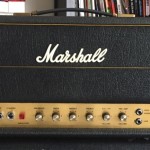 If only things were so easy that we could buy the guitar we felt comfortable with, plug into an amp, maybe add a pedal or two, and then be done. Tone Nirvana. It usually doesn’t happen this way however. The problem is that there are numerous choices for gear and, and even more options for putting together the whole rig, to create an effective system that is optimized. And just how we use the equipment (whether for live use or studio recording) also makes a difference in finding what works for guitarists.
If only things were so easy that we could buy the guitar we felt comfortable with, plug into an amp, maybe add a pedal or two, and then be done. Tone Nirvana. It usually doesn’t happen this way however. The problem is that there are numerous choices for gear and, and even more options for putting together the whole rig, to create an effective system that is optimized. And just how we use the equipment (whether for live use or studio recording) also makes a difference in finding what works for guitarists.
We recently wrote about the challenges with the Internet and its opinions. You can find as many people who will love or hate any particular piece of gear. This can become frustrating when trying to dial in a tone you’re interested in capturing.
Read More »
Marshall 1976 JMP Model 2203 Master Volume Rebuild Project
When people most often think of vintage Marshalls, the most highly regarded are the non-master volume series including the model 1959 100 watt head produced in the late 1960’s and early 1970’s. It’s hard to argue against the amp that Hendrix, Page, Van Halen, Clapton and many others used.
And while I would agree that they are incredible amps, the REAL game changer in my mind for Marshall was when the company introduced its master volume series of amps in 1976. The models 2203 (100 watts) and 2204 (50 watts) heads became instant hits, and quickly began to outsell the non-master volume versions by the late 70’s. Why? Well, they sounded great at more reasonable volumes which essentially made them more practical for guitarists who couldn’t always play at full volume and crank up a non-master volume Marshall inside a concert arena.
Read More »
Klon Centaur vs. Klon KTR
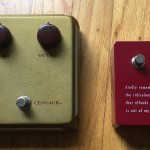 When the original Klon Centaur professional overdrive was released in 1994, it was one of the very first boutique overdrive pedals on the market created for the player interested in fine-tuning their tone. Boutique in every sense of the word and hand built by its creator Bill Finnegan, each Klon Centaur was carefully crafted with premium and carefully selected parts. As other boutique pedal makers developed products throughout the decade and focused on expansion with other models, Finnegan stuck with the Klon Centaur as his sole focus.
When the original Klon Centaur professional overdrive was released in 1994, it was one of the very first boutique overdrive pedals on the market created for the player interested in fine-tuning their tone. Boutique in every sense of the word and hand built by its creator Bill Finnegan, each Klon Centaur was carefully crafted with premium and carefully selected parts. As other boutique pedal makers developed products throughout the decade and focused on expansion with other models, Finnegan stuck with the Klon Centaur as his sole focus.
Read More »
The Legend of the Soldano Super Lead Overdrive
 Michael Soldano had no intentions of becoming a guitar amp maker. Prior to the launch of the first Soldano Super Lead Overdrive (SLO), he dreamed of rock stardom and not amp building. But it was during these early days while he was on his tone quest that he realized he wasn’t fully satisfied with the amplifiers that were available at the time.
Michael Soldano had no intentions of becoming a guitar amp maker. Prior to the launch of the first Soldano Super Lead Overdrive (SLO), he dreamed of rock stardom and not amp building. But it was during these early days while he was on his tone quest that he realized he wasn’t fully satisfied with the amplifiers that were available at the time.
Read More »
